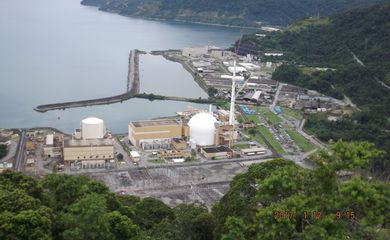Brazil achieves record 18.7% growth in power generation

By the end of the first half of 2024, Brazil had brought 168 new power plants online, boosting the installed capacity in the electricity matrix by 5.7 gigawatts (GW). This represents an 18.7 percent increase compared to the same period in 2023 and marks the highest growth rate in 27 years for this timeframe.

In June of this year alone, 27 new plants contributed an increase of 889.51 megawatts (MW), including 13 wind farms, 10 photovoltaic, and four thermoelectric plants.
The electricity matrix refers to the set of sources available for generating electricity in a country, such as hydroelectric, wind, solar, and thermoelectric plants.
Expansion
According to the National Electric Energy Agency (Aneel), Brazil's electricity generation is expected to grow by 10.1 GW in 2024, slightly below last year's growth of 10.3 GW.
Currently, Brazil's installed electricity capacity totals 203.8 gigawatts, representing the maximum potential for energy production in the country. Of this capacity, 84.62 percent comes from renewable sources.
The Brazilian electricity matrix is primarily composed of the following four largest renewable sources: hydro (53.88%), wind (15.22%), biomass (8.31%), and solar (7.2%). Among non-renewable sources, the most significant are natural gas (8.78%), oil (3.92%), and coal (1.7%).



